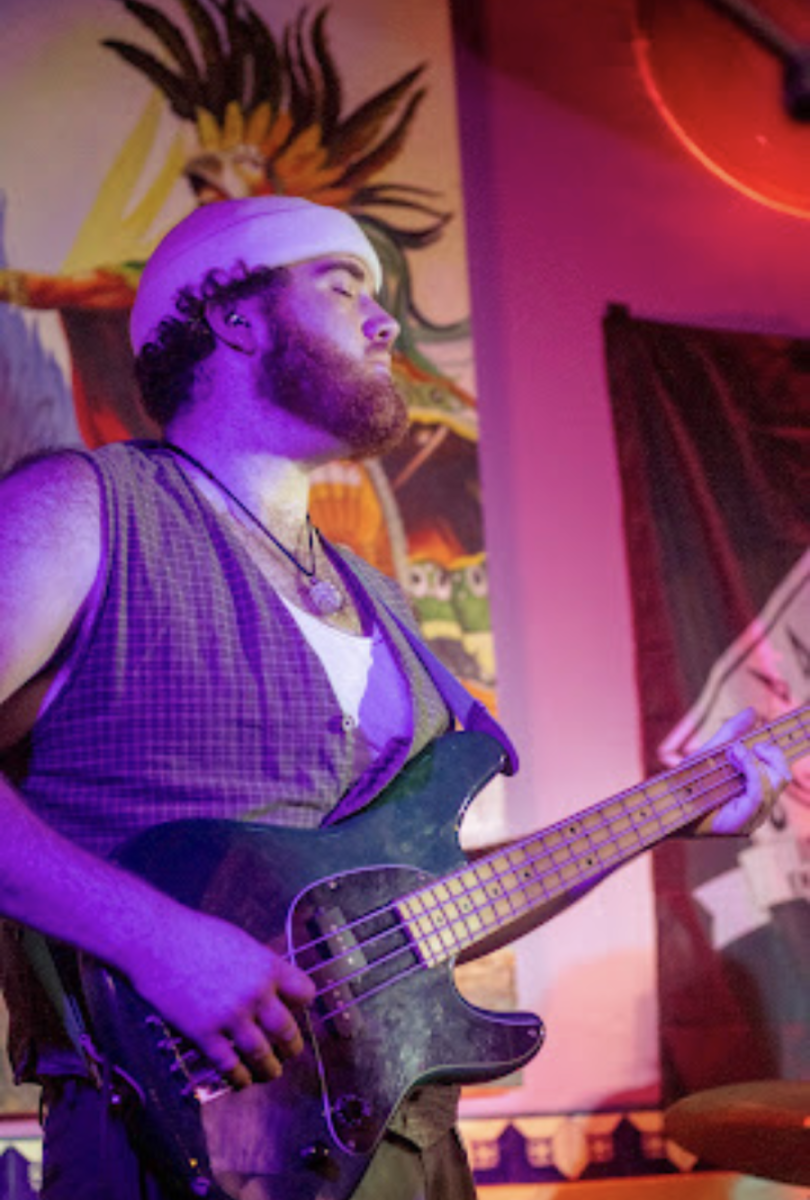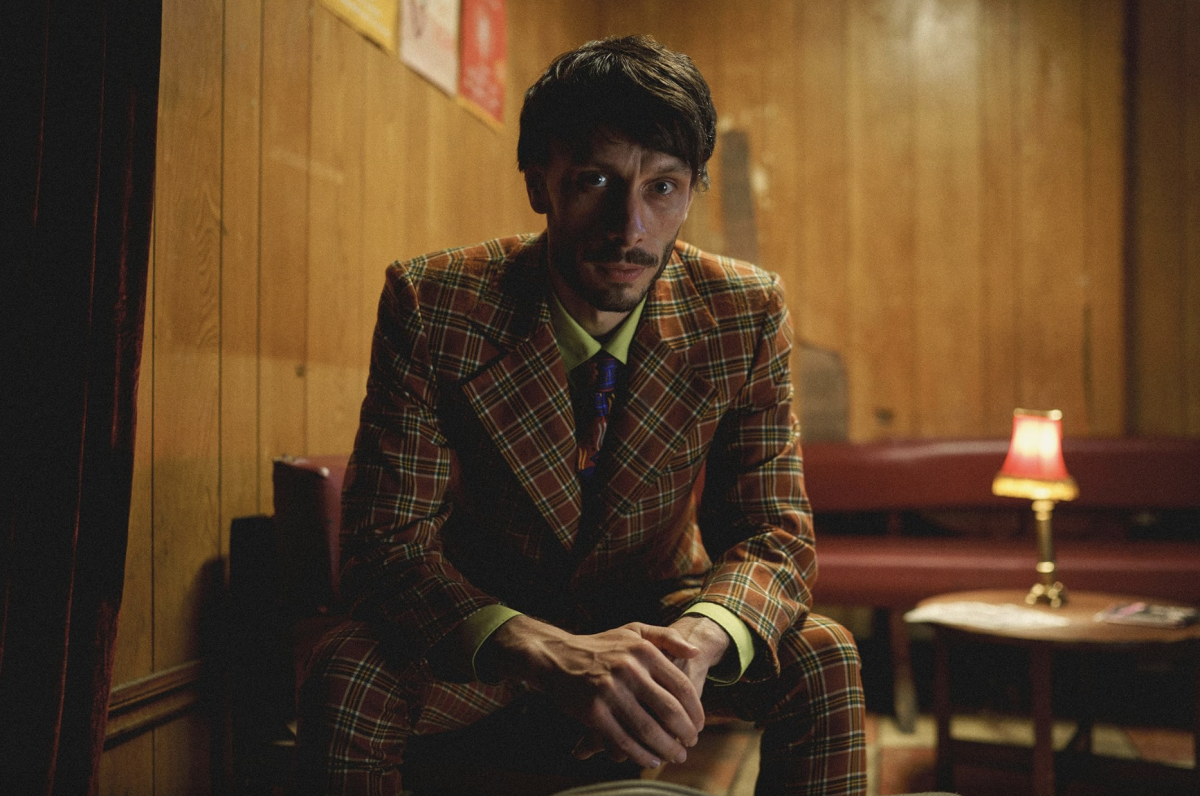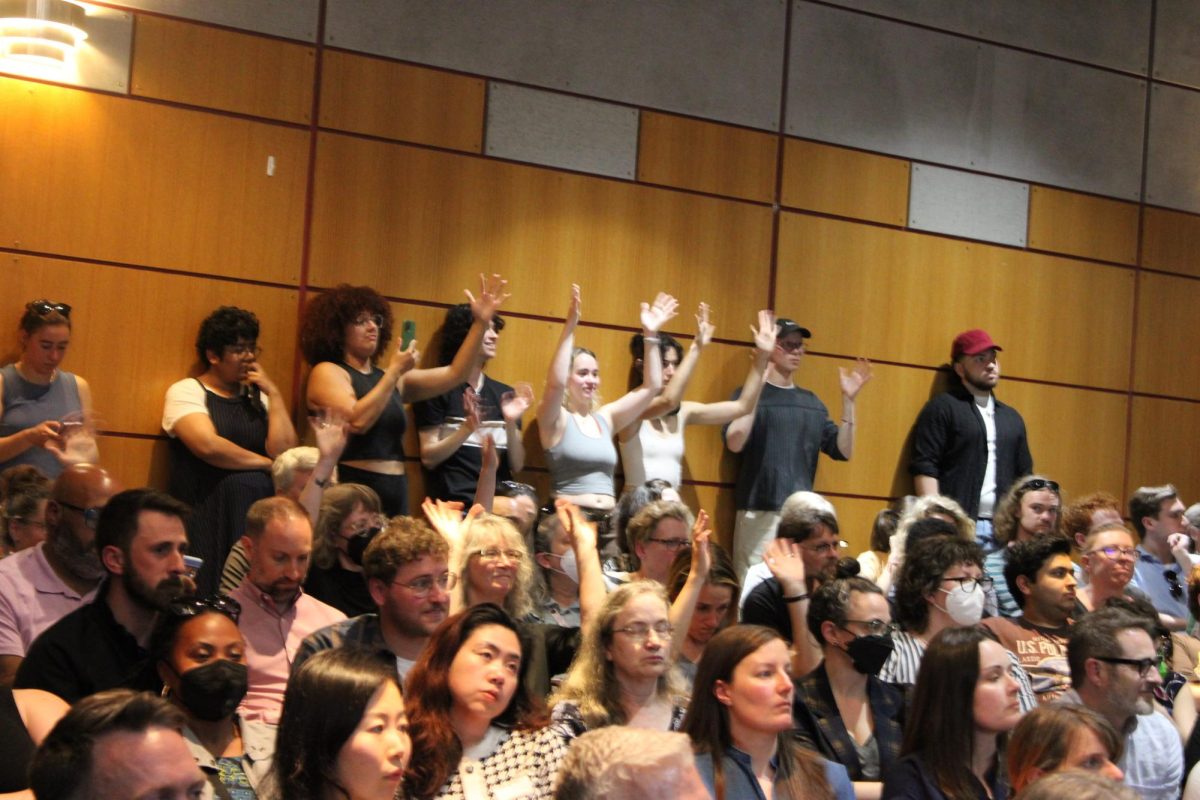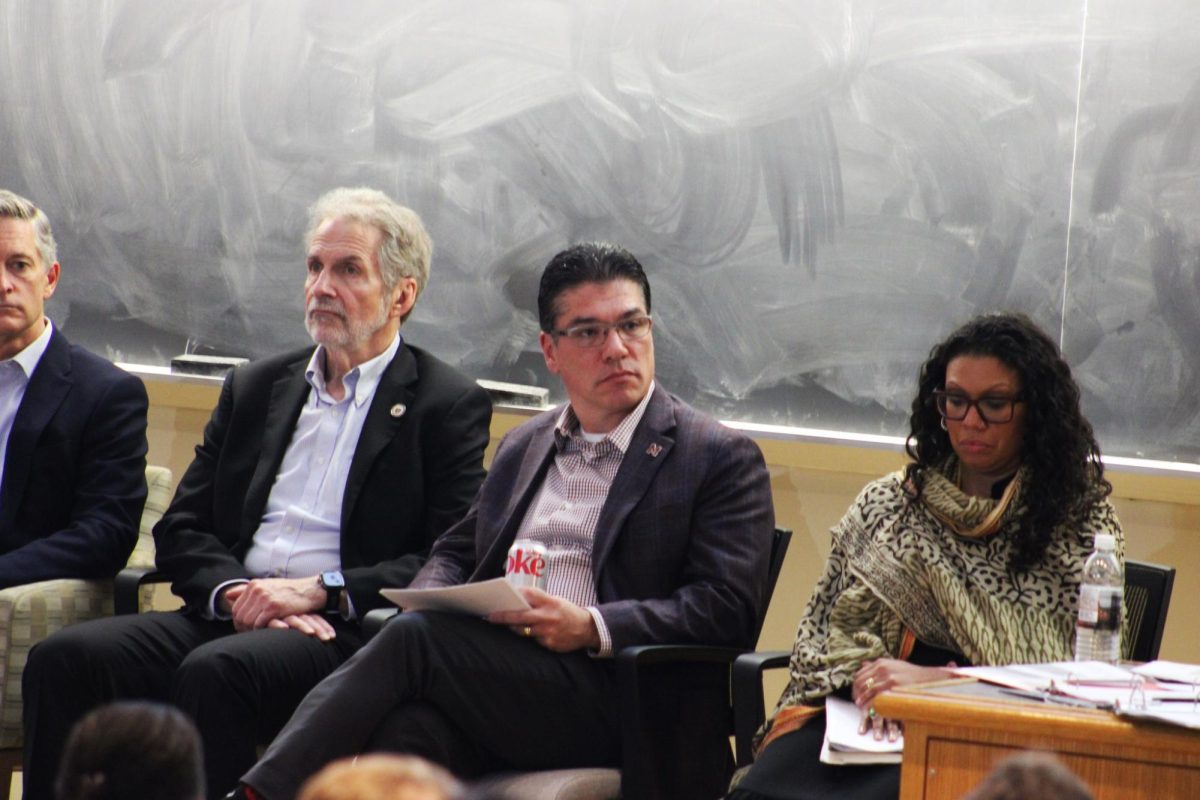At 14, Freddy Adu will not be able to drive to practice for another two years.
But he sure won’t mind walking or riding his bike to the nearest ATM to cash the largest paycheck in Major League Soccer history.
When Adu made his Major League debut with the D.C United Saturday, he became not only the youngest player – but also the richest, in MLS history. His $500,000 salary is part of a trend that is turning teenagers into superstars, and adolescents into heroes.
During halftime of Saturday’s game, Adu kicked off his advertising debut with a 30-second commercial for Sierra Mist. The ad immediately locked Adu in a lemon-lime battle of epic proportions against fellow underclassman and Sprite spokesman, LeBron James.
Sprite, owned by Coca-Cola, and Pepsi’s Sierra Mist are taking part of an advertising trend aimed at using teen athletes to peddle products to a young consumer base.
Even though LeBron is six years older than Adu, at 20, he is one year removed from high school and quickly becoming a force in the NBA. And the list goes on.
Golfing phenom Michelle Wie made noise in January, when she missed qualifying for the Sony Open by one stroke. The “wonder girl” from Honolulu placed better than 47 men at the Open, and at 14 became one of only four women to ever earn a spot on the PGA Tour.
Even in contact sports, the talent pool seems to be getting younger and younger.
This year’s race for the Rocket Richard Trophy award for most goals in the National Hockey League, ended in a three-way tie. Gerome Igilna of the Calgary Flames will share the title with Blue Jacket Rick Nash and Thrasher Ilya Kovalchuk. At 26, Igilna looks like a feeble old man compared to 20-year-old Igilna and 19-year-old Nash.
At 25-45, the Blue Jackets don’t have much to celebrate, but they took a step in the right direction by signing Nash to a three-year deal that will fetch the youngster a maximum of $12 million after incentives. Without a prayer to make the playoffs, the Blue jackets thought young and signed 18-year-old Nash to anchor a faltering franchise in 2002.
This mentality is simply good business for teams – find players young and sign them cheap.
In truth, little can be done to stop kids from leaving high school to chase a “Hoop Dream,” in the NBA or another professional league. By the time a student-athlete achieves national notoriety, he or she begins thinking they are good enough to make it in the Big Leagues.
But a pubic service announcement should be made. For every Kobe Bryant and Kevin Garnett who leaves high school for the pros, there are 10 other ballers out there who could use the schooling of a math teacher rather than a Boston Celtic.
Most teenagers are not mature enough to handle the pressures of life on and off the court as a professional athlete. But when scouts go to high schools waving around big wads of cash and even bigger promises, the idea of sticking around a classroom begins to lose its appeal.
From 1995-2000, only 11 students left high school for the NBA, a number that’s sure to increase with every highlight of LeBron James and Carmelo Anthony dunking over veterans.
Yet with all the problems early entry causes, nothing can be done to reverse the trend.
Maurice Clarett proved this fact in September, when he sued the NFL for its attempt to deny him admission into this month’s draft. A judge found in favor of Clarett, and granted the running back early admission after only two years at Ohio State. The previous rule from 1990 stated that players must be at least three years removed from high school before turning pro.
Clarett and fellow sophomore Larry Fitzgerald of Pittsburgh are among 27 collegiate football players to declare eligible for the 2004 draft.
But all this talk about appropriate ages leads me to one question: If teens are old enough to play professional sports at 14, earn a Carmelo-sized bonus at 18, and win a Stanley Cup at 19, shouldn’t I be able to drink at 20?
Matt Barstow is a Collegian staff member.






